Introduction
Chinese hot pot, known as huǒ guō in Mandarin or da bian lu in Cantonese, is a beloved culinary tradition that brings people together around a simmering pot of broth. Unlike other cooking methods, hot pot is an interactive experience where diners cook raw ingredients directly at the table, customizing each bite to their liking. This communal meal is perfect for gatherings, celebrations, or simply a cozy night in. In this comprehensive guide, we’ll explore the history, ingredients, and techniques needed to recreate an authentic da bian lu experience in your own kitchen. From preparing the flavorful broth to selecting the freshest proteins and vegetables, you’ll learn how to balance flavors, textures, and aromas to create a meal that delights the senses.
Understanding the Essence of Da Bian Lu
Da bian lu translates to “beat the side pot,” a nod to the traditional method of cooking ingredients in a clay pot placed beside a fire. Originating in Guangdong Province, this style of hot pot emphasizes clarity and subtlety in its broth, allowing the natural tastes of fresh seafood, meat, and vegetables to shine. Unlike spicy Sichuan hot pot or the hearty Beijing lamb hot pot, Cantonese da bian lu relies on a delicate, aromatic broth infused with ingredients like chicken, bones, and dried seafood. The goal is to create a harmonious base that complements rather than overpowers the ingredients.
Crafting the Perfect Broth
The foundation of any great hot pot is its broth. For da bian lu, the broth should be light yet flavorful, with a golden hue and a hint of sweetness. Here’s how to make it:
-
Base Ingredients:
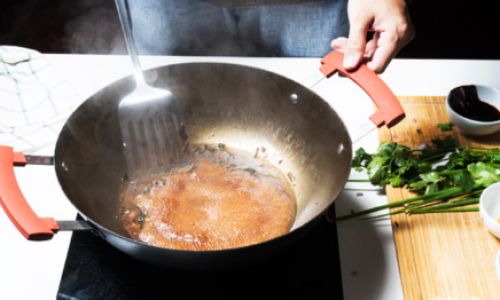
- Protein: Use a combination of chicken (preferably a whole bird or bones), pork bones, and/or dried seafood like scallops or shrimp for umami depth.
- Aromatics: Fresh ginger (sliced), green onions (cut into segments), and garlic cloves add fragrance.
- Vegetables: Daikon radish (cut into chunks), carrots, and corn on the cob contribute natural sweetness.
- Enhancements: Dried shiitake mushrooms, goji berries, or a small piece of dried tangerine peel can elevate the broth’s complexity.
-
Preparation:
- Rinse the bones and chicken under cold water to remove impurities. Blanch them in boiling water for 5 minutes to eliminate scum, then drain and rinse again.
- In a large stockpot, combine the blanched proteins, aromatics, and vegetables with 8–10 cups of cold water. Bring to a boil, then reduce to a gentle simmer.
- Skim off any foam that rises to the surface. Simmer for 2–3 hours, adding water as needed to maintain volume.
- Strain the broth through a fine mesh sieve, discarding solids. Season lightly with salt or a touch of soy sauce.
Pro Tip: For a richer broth, roast the bones and chicken in the oven until golden before simmering. This caramelization adds depth.
Selecting Ingredients: Quality Over Quantity
The beauty of da bian lu lies in its versatility. Choose ingredients based on personal preference, but prioritize freshness and variety.
-
Proteins:
- Beef: Thinly sliced ribeye or sirloin, marbled for tenderness.
- Seafood: Shrimp, squid, mussels, and fish fillets (e.g., snapper or grouper).
- Poultry: Chicken breast or thigh, sliced paper-thin.
- Tofu: Silken tofu for creaminess, or fried tofu puffs to absorb broth.
- Meatballs: Homemade or store-bought (pork, beef, or fish).
-
Vegetables:
- Leafy Greens: Napa cabbage, spinach, or watercress.
- Root Vegetables: Daikon radish, taro, or lotus root.
- Mushrooms: Enoki, shiitake, or king oyster mushrooms.
- Other: Bamboo shoots, lotus root, or seaweed.
-
Starches:
- Noodles (udon, rice noodles, or glass noodles).
- Dumplings (pre-made or frozen).
Arrange ingredients on platters for an aesthetically pleasing spread. Use ice to keep seafood chilled, and place delicate items like tofu on separate plates to prevent breaking.
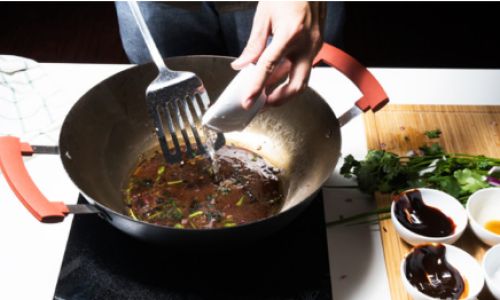
Setting Up Your Hot Pot Station
-
Equipment:
- Use a portable induction cooker or a butane stove for tabletop cooking.
- Opt for a split-pot (with a divider) to offer two broth options (e.g., spicy and mild).
- Provide ladles, tongs, and slotted spoons for safe cooking.
-
Table Layout:
- Place the hot pot in the center, surrounded by ingredient platters.
- Include small bowls for dipping sauces, a communal plate for cooked food, and a trash bowl for shells/bones.
- Add garnishes like cilantro, Thai basil, and lime wedges for freshness.
The Cooking Process: Timing is Key
Hot pot is as much about technique as it is about ingredients. Follow this order for optimal results:
-
Start with Proteins:
- Add thinly sliced meats first, as they cook quickly (10–20 seconds).
- Seafood follows: shrimp (2–3 minutes), squid (1–2 minutes), and mussels (until shells open).
-
Vegetables and Starches:
- Heartier vegetables like daikon and taro need 5–7 minutes to soften.
- Leafy greens and mushrooms cook in 1–2 minutes.
- Noodles and dumplings go in last to avoid overcooking.
Pro Tip: Designate a “cooking order” card for guests to avoid confusion.

Crafting Dipping Sauces
Dipping sauces are the soul of da bian lu, offering a burst of flavor to complement the broth. Here are classic combinations:
- Cantonese Classic: Soy sauce, sesame oil, minced garlic, and cilantro.
- Spicy Lover: Chili oil, crushed Sichuan peppercorns, and vinegar.
- Creamy Delight: Peanut sauce, hoisin, and a splash of broth.
- Fresh Zing: Ponzu sauce, grated daikon, and green onions.
Encourage guests to mix and match ingredients to suit their tastes.
Regional Variations and Modern Twists
While da bian lu is rooted in tradition, modern cooks often experiment:
- Tom Yum Hot Pot: Infuse broth with lemongrass, lime leaves, and chili for a Thai twist.
- Miso Ramen Hot Pot: Use miso paste, pork bones, and ramen noodles.
- Vegetarian Option: Swap meat broth for kombu-based dashi and add tofu, enoki mushrooms, and kale.
Tips for a Flawless Hot Pot Experience
- Broth Management: Keep the broth at a gentle simmer—not a rolling boil—to prevent ingredients from overcooking.
- Portion Control: Cook small batches to maintain broth clarity.
- Safety First: Use long-handled utensils and keep a fire extinguisher nearby if using open flames.
- Leftovers: Strain and refrigerate broth within 2 hours; discard cooked ingredients.
Conclusion
Da bian lu is more than a meal—it’s a celebration of togetherness, where the act of cooking and sharing fosters connection. By mastering the broth, selecting quality ingredients, and embracing the ritual’s communal spirit, you can recreate the magic of Cantonese hot pot in your home. Whether you’re hosting a festive gathering or enjoying a quiet evening, this timeless dish promises warmth, flavor, and joy. So gather your loved ones, fire up the pot, and savor every moment of this culinary adventure.
Final Word Count: 1,487 words.
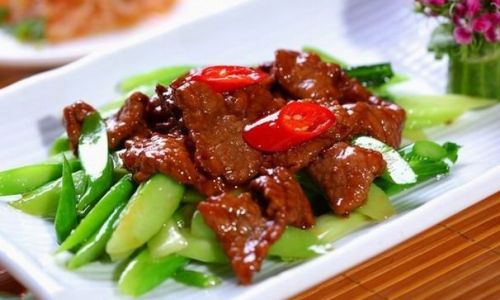
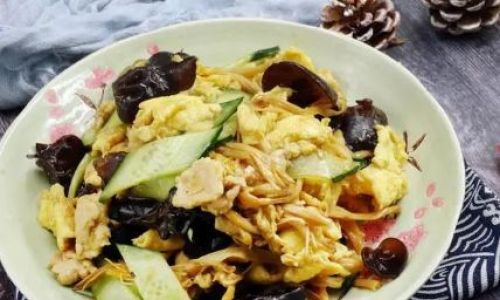
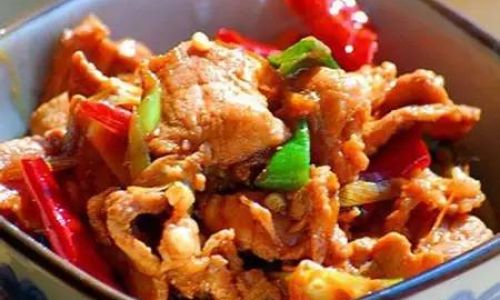


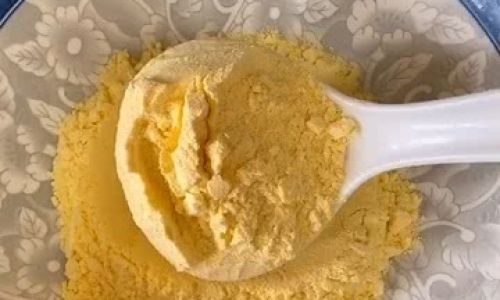
0 comments